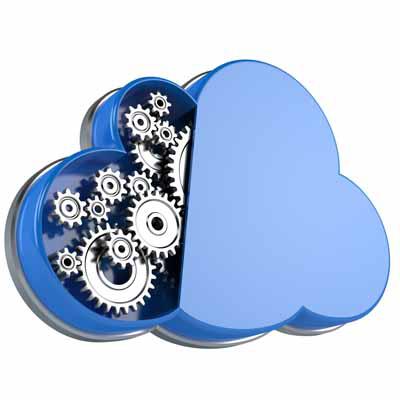Logicworks Puts Homegrown Cloud Automation Tools In The Hands Of Customers

Logicworks, a New York-based managed services provider that's been building unique IP in recent years to automate the security, health and cost management of multi-cloud environments, has now made those tools directly available to its customers through a Software-as-a-Service portal.
The platform, called Pulse, puts in the hands of enterprises a comprehensive cloud management solution for monitoring, visualization and analysis by incorporating data from multiple cloud providers and software vendors, Jason McKay, CTO at Logicworks, told CRN.
"We're in a unique position as a multi-cloud managed service provider," McKay told CRN. "We have the ability to surface all these components back to our customer and give them the opportunity to do analytics on it."
[Related: AWS Introduces Intelligent Security And Integrated Cloud Migration Capabilities At New York Summit]
Giving customers an "at-a-glance" view of the health of their systems, with integrated visualizations and alerts, as well as a customized single sign-on service, helps them avoid security and operational failures that can compromise data, McKay said.
Pulse incorporates internal tools for deploying and managing infrastructure Logicworks developed and packaged as the Central Automation Plant — a platform inspired by years of experience implementing cloud workloads for large customers.
Pulse integrates with Amazon Web Services and Microsoft Azure. The software runs in AWS, where it takes advantage of Amazon's Lambda serverless compute capability and a containerized architecture, McKay told CRN.
The first phase of Pulse, which after a few months of beta testing with a group of 10 enterprises is now going out in phases to the MSP's entire customer base, incorporates much of that technology already built for internal use.
The event ingestion engine takes in alarms from AWS CloudWatch and Azure Operations Management Suite, "surfacing those metrics as kind of an alarm kiosk." It also ingests data from several other sources, such as metrics and alerts from Datadog, or cost projections from CloudCheckr, McKay said.
The second phase of the Pulse buildout, expected to be released late in the second quarter, is incrementally adding more data sources to give customers the most value from investments they've already made with vendors such as SolarWinds or New Relic, McKay said.
"Since we have so much more data and so much more is happening, we want to be able to give that to customers. We want to make that dashboard available at all times, and even service different end customers within a given client," McKay said.
Pulse also deploys bots to enforce best practices by continually scanning cloud environments, delivers alerts on important changes to mission-critical applications or traffic and usage patterns, and sends notifications of spending anomalies that could be signs of malicious activity.